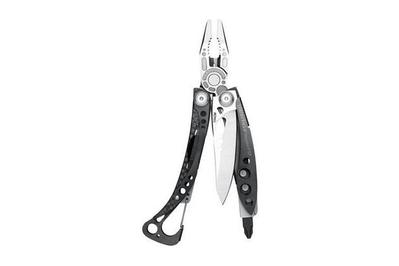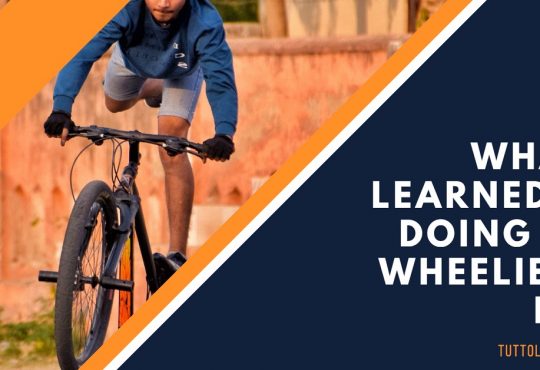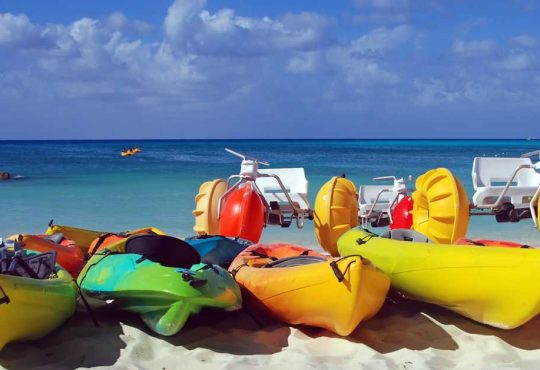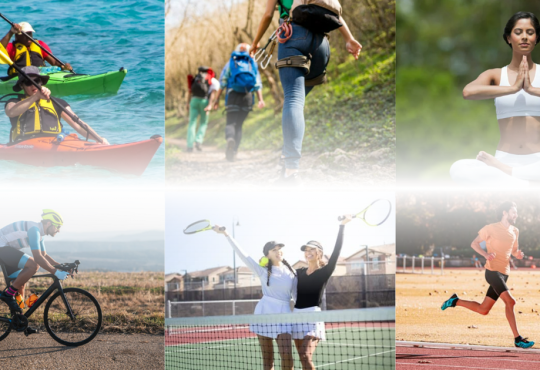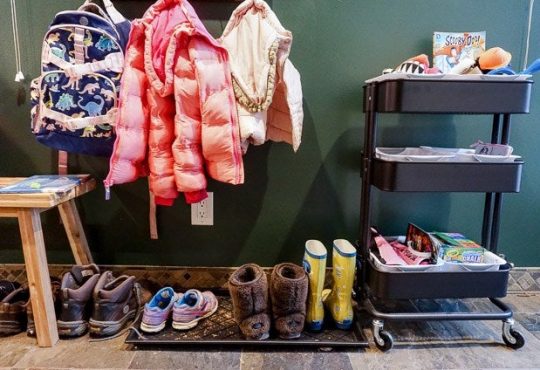Do you want to go hiking in the mountains? Outdoor instructor Brad Reed of Plas y Brenin shares her top hill walking tips, whether you are an absolute beginner or an enthusiast returning to the peaks after a forced break.
The past 12 months have seen more and more people exploring the great outdoors from their doorstep – and it’s been great to see. But most people have confined themselves to their own cities. Once the restrictions ease, going out into the countryside will really increase your walking pleasure. Embracing sweeping views from a hill will give you a sense of freedom and help you escape the complexities and stresses of modern life by resetting your mind.
Maybe you’ve been away from the hills for so long, have you completely forgotten what to pack or wear? Or maybe – after discovering the love of local walks during the pandemic – can’t wait to hike the hills for the first time? Either way, these hill walking tips will do help you stay safe and happy during your mountain adventures after the block.
1. Get ready
You will want clothing which keeps you warm and dry, but can be tricky in the notoriously changeable British climate. One minute may be a bright sun, the next is waving like there’s no tomorrow. The best way to manage your personal thermometer is to have a selection of layers depending on the weather that day. A breathable base layer is great for wicking sweat away leather, but make sure you bring two to four additional layers of different thicknesses so that you can adjust your clothes to your temperature on each section of the walk. A light fleece, down or synthetic jacket, and waterproof jacket and pants should suffice.
In terms of footwear, a a pair of sturdy boots paired with some high quality walking socks will give you the best comfort and safety to enter the hills. Consider a pair of boots as an investment. Take your time to try on many pairs in the store and select one based on how they feels rather than the look or branding.
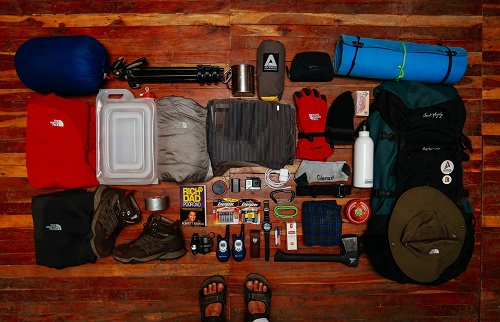
A sturdy, 30L backpack with a hip belt is a great place to store high energy food and water for the day. It will be also be home to your raincoats, any extra layers you need a softshell or a duvet, and a group retreat in case of unplanned prolonged outages. .Take a hat and gloves when it’s cold, or sunscreen and glasses when it’s glorious, and a headlamp when the days are short during autumn and winter. Other things a remember to include maps, compass e a smartphone app.
2. Develop your experience slowly
Do not jump headlong deep down with full-day excursions into remote countryside and large mountain areas. Instead build progressively, starting with shorter, lower-level walks. If you reflect on all the walks you have taken and draw learning points from each, over time you will become more informed, comfortable and confident while hiking.
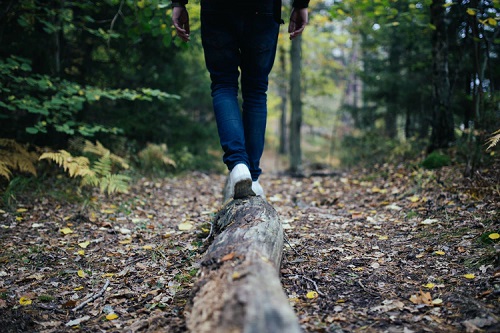
3. Find some hiking companions
Ifor you you have no friends who walk and don’t feel comfortable doing it yourself, so maybe joining a club will Help to gain confidence and skills from experienced walkers. The walking clubs are extremely diverse, ranging from “traditional” clubs with relatively formal membership agreements to younger groups with an emphasis on inclusiveness and diversity (see the ‘The best walking groups box). There are also a file wide range of commercially managed walking groups, so do your research and find the one you like. If you don’t like vibes try another one. The BMC has a list of affiliated clubs on its website, for example.
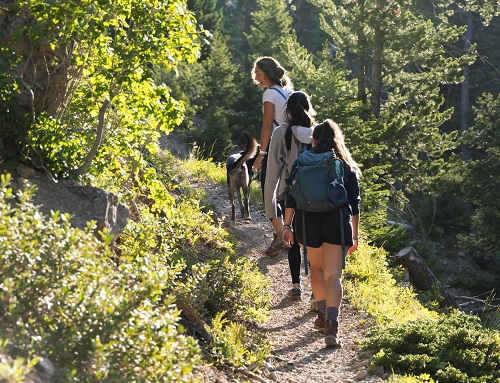
Alternatively, you may want to get input from a file course before going out with friends. We organize weekly and weekly trekking and sailing courses in the heart of Snowdonia for great confidence and skills enhancement.
4. Learn how to to navigate safely
Having the skills to read a map, use a compass and interpret a GPS are essential for a safe hill walking experience. But, like any skill, it takes time to improve your knowledge and confidence. While it may seem rather daunting at first, there are many great resources out there to help you learn, from guidebooks for YouTube tutorial – or why not consider taking a surfing course? With a professional instructor, you will quickly acquire new skills.
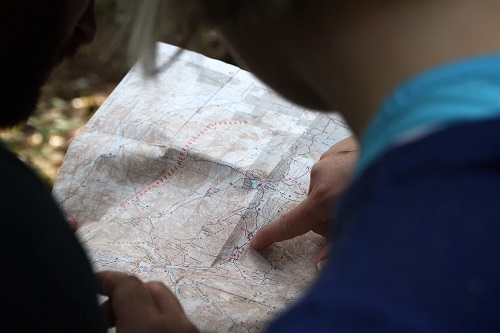
As a supplement to the map and compass, GPS devices or mapping apps are great for transferring and confirming your location. However, be careful not to over-rely in case they run out of battery, lose signal, or become difficult to use in bad weather. Even if your phone is waterproof, using a touchscreen in the rain can be irritating.
5. Be flexible with your plans
When planning a route in advance, a a good approach is to give you some options to choose from, let’s say a high, medium and low-walking level. Then once you have checked the weather forecast and taken into consideration all of needs of your group, you can select the best option. Adopt this approach throughout the walk as well. Think factoring in decision points where it is possible to undertake a more challenging path, if everyone deems it appropriate or to take a simpler option though time, fatigue and enthusiasm are not on your side.
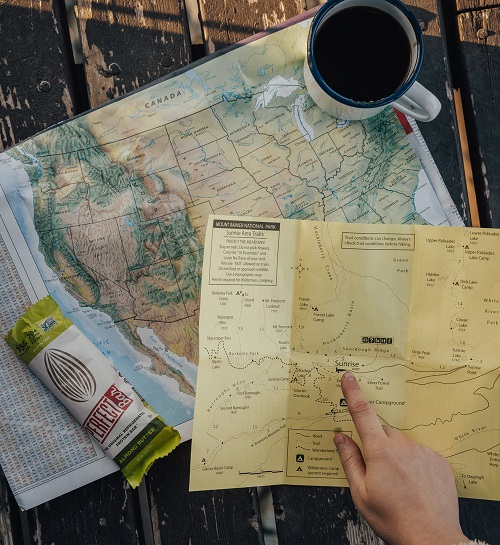
6. Slow down and enjoy nature
There is a great thrill in achieving summit or sighting a long waterfall your path, but if you slow down your walks and adopt a curious mentality, small wonders will open up for you during the day. Take some time to notice the flora and fauna, geology and landscape around you to give your walks that extra sense of wonder. Above, look for a kestrel hovering above its prey or a peregrine falcon diving at full speed – both places to see. Or under your feet keep an eye out for interesting plants. Butterwort and S. Undew are both insectivorous plants found in swampy areas. They evolved to catch small insects (usually midges) to obtain essential nutrients in poor soils in the hills.
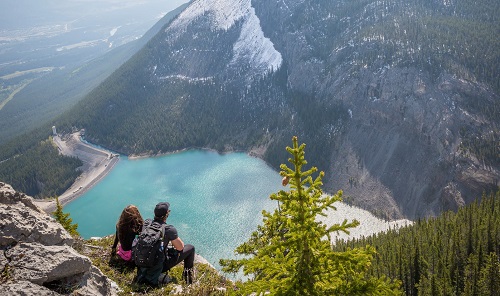
Hostile habitats: Scottish mountain environment by Mark Wrightham and Nick Kempe, e Nature of Snowdonia by Mike Raine are great reference guides to help identify all those fascinating things you discover on your wanderings.
7. Learn what to do if something goes wrong
In case of emergency, contact the local mountain rescue team by calling 999 and asking for the police and then for the mountain rescue. They will want to know your exact location (mobile apps like OS Locate can help you with this), what kit you have, the details of the incident and will ask you to stay where you have the signal if you have moved from your group to call them. But with proper planning and preparation, you can reduce your chances of needing help. Remember to pack an extra layer that you don’t intend to wear and a group shelter or blizzard bag, in which you can stay at the relevant comfort for a few hours if necessary, rather than resorting to calling mountain rescue at the first sign of conflict.
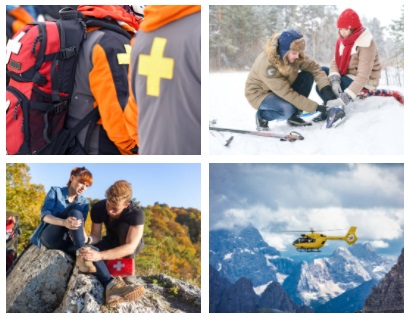
Shop Your Affordable Outdoor Gear And Clothing at OutdoorMaster.com
 OutdoorMaster offers varieties of outdoor sports products with excellent quality, latest gear technology, and nature-oriented design to bring an enjoyable and satisfying experience for their customer. They provide diversified high-quality gears for individual outdoor sporting needs and to explore the world by experiencing different outdoor sports with maximum performance. Visit OutdoorMaster.com for the latest products, special offers and enjoy they free worldwide shipping on all orders.
OutdoorMaster offers varieties of outdoor sports products with excellent quality, latest gear technology, and nature-oriented design to bring an enjoyable and satisfying experience for their customer. They provide diversified high-quality gears for individual outdoor sporting needs and to explore the world by experiencing different outdoor sports with maximum performance. Visit OutdoorMaster.com for the latest products, special offers and enjoy they free worldwide shipping on all orders.




